Purple Fountain Grass
$59.50 Original price was: $59.50.$41.65Current price is: $41.65.
- Free Shipping over $25
- Fast & reliable delivery options
- Enjoy top quality items for less
- Multiple safe payment methods

Ornamental grasses have been hot, and top-picks for the garden for a while now, and they show no sign of fading from fashion. A modern garden isn’t complete without them, and a big favorite with everyone is the Purple Fountain Grass. This tender perennial is fast-growing, so it can be grown as an annual plant all across the country, out in beds or in planters. It is winter-hardy in zones 9 and 10, and you can also over-winter plants in pots in a cool room, or even in a frost-free shed or garage, since it doesn’t need light in winter. The slender leaves arch up and out, exactly like a fountain, and it isn’t long before flower stems shoot up, rising above the leaves and topped with foot-long fuzzy purple heads that look as great in a vase as they do in the garden. It’s tough, quick, and reliable when you have spaces to fill, and for a fantastic modern look, plant it by itself all along a path – a really cool feature. Plant it in a pot, alone or surrounded by trailing plants. Remember when working with grasses that they look best in contrast with bigger leaves or against solid surfaces – beds with too many ornamental grasses in them can look a bit ‘weedy’, and you don’t want that look. In warm zones one of the parents of this hybrid plant is sometimes prohibited as an invasive weed, but the Purple Fountain Grass is sterile, and doesn’t produce viable seeds, so it is completely safe to grow it.
Growing Purple Fountain Grass
Size and Appearance
Purple Fountain Grass is a fast-growing perennial grass that quickly forms a dense clump of upright leaves, arching over in a fountain-like effect. The long, narrow leaves are flat, and colored a rich deep-purple – a color that holds well all through summer and into the fall. The leafy clump grows to about 3 feet tall and then in summer many leafless stems rise up above the leaves. Each one is topped with a long cluster – 9 to 12 inches long – of grass flowers. In this plant these have fine long hairs on them, creating a bold ‘fuzzy’ look that is very attractive. When young these spikes are a slightly lighter purple than the leaves. By late summer and into the fall, as they mature, they turn a soft, sandy pink, making a graceful and elegant contrast to the much deeper purple of the foliage. Many flower spikes are produced, creating a spectacular and striking effect – no wonder this plant is so popular.
Using Purple Fountain Grass in Your Garden
Wherever you need a striking contrast with shrubs and flowering plants, that is where the Purple Fountain Grass will look terrific. It is a great choice for hot, sunny, drier parts of the garden, with good drought resistance. Plant a single plant in a smaller bed, a group of three or five in a larger one, or plant a row to edge large beds, or along a path or driveway. It looks very effective among boulders and gravel beds too, and enjoys the heat and dryness. For group plantings, space plants about 2 feet apart for a solid fill, or up to 4 feet apart for a more open effect. This plant is also ideal for planter boxes or pots, where it is striking enough to be used alone, or mixed with small shrubs and flowers.
Hardiness
Purple Fountain Grass is hardy from zone 9 if left outdoors all winter. In colder zones you can cut back the plants in late fall, transfer them to a suitable container, and store them in a cool, frost-free place. Light isn’t needed until growth begins the following spring. Keep the soil slightly moist, but not wet. In spring, once frosts are over, replant in the garden – new leaves will rapidly sprout out.
Sun Exposure and Soil Conditions
Full sun is needed for strong colors and sturdy growth from Purple Fountain Grass. It will grow perfectly and vigorously in almost all soils, except for very heavy and wet ground. It grows well even in drier, sandy soils and within a few weeks of planting it has excellent drought tolerance. In containers use any blended potting soil, preferably one for outdoor planters. Water once the soil in the container has dried for the top few inches.
Maintenance and Pruning
All the Purple Fountain Grass needs for maintenance is an annual cutting back to a couple of inches above the ground. Do this anytime from late fall to early spring, but be sure to do it before new growth emerges as then it will be difficult to avoid cutting the new leaves, damaging the look of the plant. Pests or diseases are almost never problems, and this plant is left alone by deer. Purple Fountain Grass doesn’t produce viable seeds, so it is non-invasive and can be grown in areas where African fountain grass (Pennisetum setaceum) is prohibited.
History and Origin of Purple Fountain Grass
This grass is a hybrid plant correctly known as Pennisetum x advena, although often listed as simply a variety of African fountain grass. It was created by crossing together African fountain grass (Pennisetum setaceum) with Pennisetum macrostachyum ‘Burgundy Giant’. The first of these grows wild all the way from North Africa through the Middle East and into Central Asia, always in hot, sandy and dry areas, where it is an important part of the xeric ecosystem. The second plant, giant fountain grass, grows in Borneo and New Guinea, and this red-leaved variety was created at the famous Longwood Gardens, in Pennsylvania. The exact origin of Purple Fountain Grass is not known, but experts on grasses are convinced that it is a hybrid between those two parents. This is good news for southern gardeners, in both the east and the west, because African fountain grass itself is a dangerous invasive species in many hot, dry states.
Buying Purple Fountain Grass at the Tree Center
This plant can only be produced by dividing larger plants, not from seed. This is more difficult and time-consuming, so supplies of this incredibly popular grass are always low. Demand, however, is always high, so order right away – we don’t know when we will be able to source plants again.
Be the first to review “Purple Fountain Grass” Cancel reply
Related products
Hydrangeas
Hydrangeas
Drift® Roses
Shrubs and Hedges
Pieris
Butterfly Bush
Butterfly Bush
Lilacs



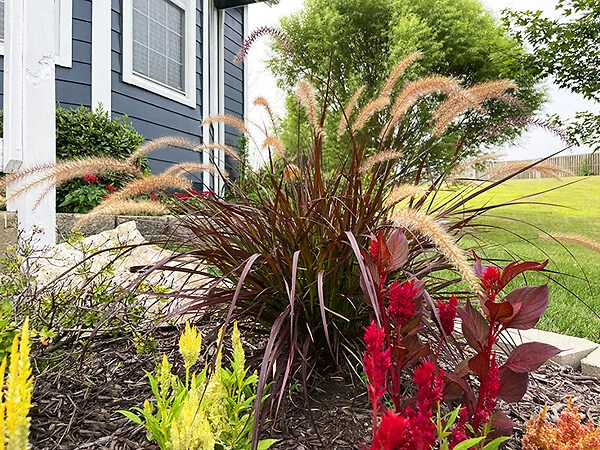


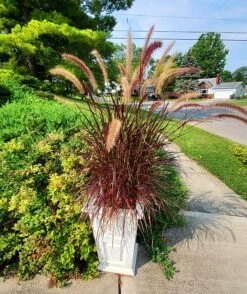
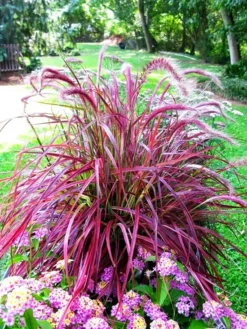


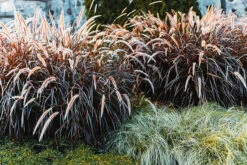

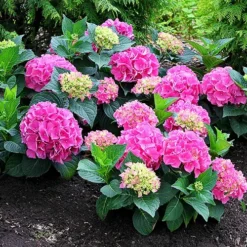
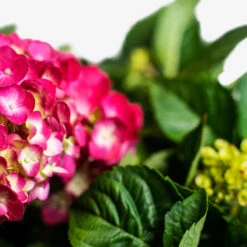
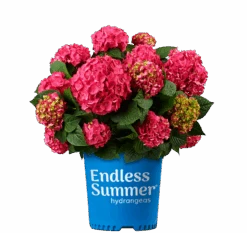
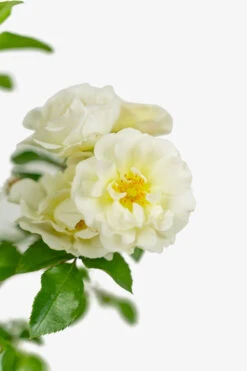
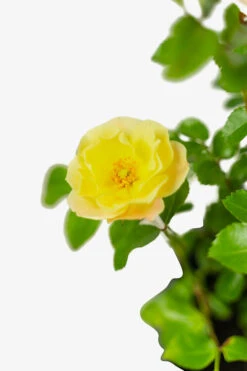
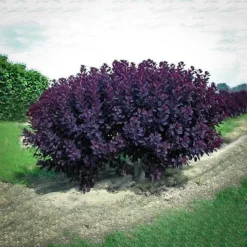
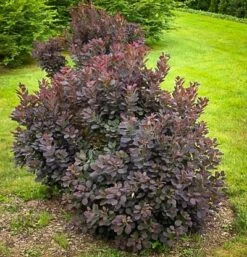

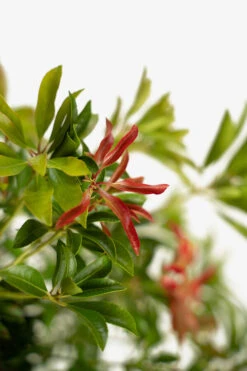



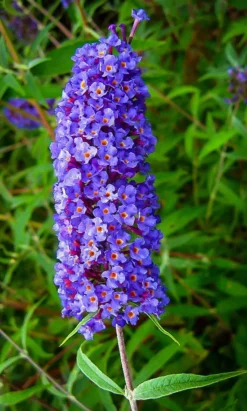
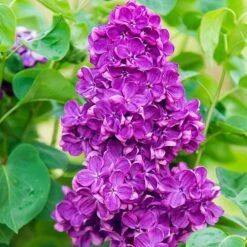
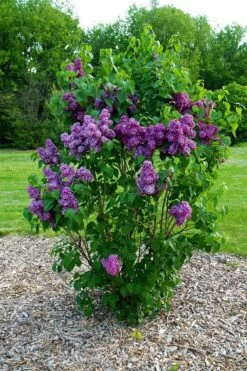
Reviews
There are no reviews yet.